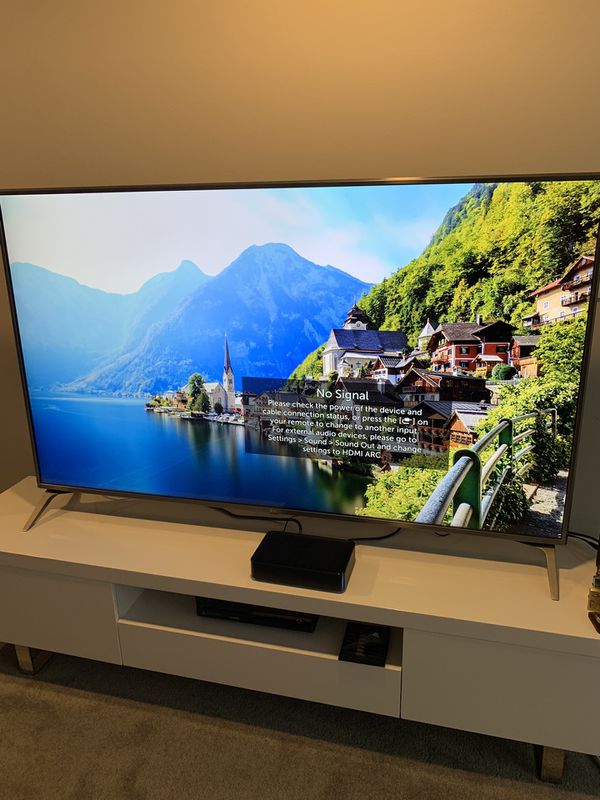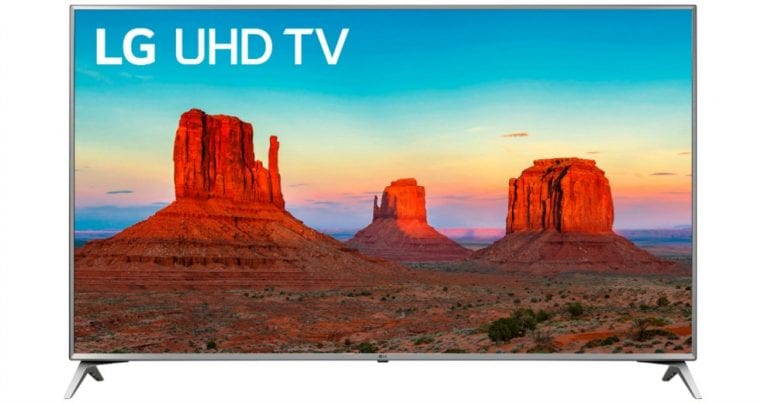

#70 inch 4 k 3d tv tv#
You know how you go to Costco, and the beautiful picture on the huge flat-screen TV just instantly draws your attention? Well, that brightness is only for that: the attraction.

This might sound crazy to you, but you’re going to want to set your TV to the standard settings. More sections - or zones - means more precise control over scenes, and a better picture overall.Now that you’ve chosen the perfect spot for your 4K TV, hooked up your streaming device or box, picked an excellent internet provider, and found the right HDMI cables … we’ve got to get those picture settings on point. Local dimming, like the name suggests, controls the LED brightness in sections on your screen, which results in an increase in contrast from the TV’s brightest white to its darkest black. The lighting technology used in your 4K set will also affect another feature: local dimming. That allows for a more uniform picture compared to edge-lit sets. Edge-lit TVs don’t do the best job at reproducing dark scenes, and chances are you’ll get more of a dark grey rather than the inky blacks you’re looking for.īack-lit sets put the LEDs behind the screen itself rather than along its edges. But what you’ll gain in thinness you’ll sacrifice in image quality. Edge-lit TVs are usually thinner than their back-lit counterparts, so if space or aesthetics are a concern, an edge-lit TV might be the more satisfying option. The two major lighting technologies - edge-lit and back-lit lighting - light your screen using LEDs, but channel that light across the screen differently.Įdge-lit sets pack the LED lights (responsible for your TVs brightness) along the perimeter of the screen, illuminating the picture from the outside to the center. TVs today use LEDs to light up the LCD screen. When buying a set, support for more standards is always better. Dolby Vision, another competing HDR standard, supports an even wider range of colors, and is supported by various manufacturers and content makers (like Disney+). HDR10+ is a newer standard, one that offers more in terms of capabilities compared to HDR10, but lacks widespread support.


HDR10 is the most common format, supported by various manufacturers and content providers. Unfortunately, there are a few competing HDR standards, which muddies the waters - but the most common standards are HDR10, HDR10+ and Dolby Vision. In general HDR, content looks more vibrant compared to non-HDR content, but it requires an HDR-capable TV, and HDR-supported content. Whatever you’re watching must support HDR, so don’t expect every single show to get an upgrade. One of the most impressive features on a 4K set is support for HDR, which increases the contrast and allows you to view an even wider color spectrum. Lighting, Dimming, and High Dynamic Range If you can’t tell the difference, or can’t be bothered cluttering your home with even more discs, then stream away. Specifically, you should consider purchasing content stored on Ultra HD Blu-Ray discs, which support 4K resolution, as well as features like High Dynamic Range (HDR), which offers more vibrant colors and darker blacks, or increased frame rates.īy going physical, you’ll benefit from a higher bitrate, which means a higher quality picture compared to streaming of an identical film. Still, if you really want to enjoy your cinematic masterpiece on your 4K set, you’re better off ditching the streaming services and buying your media.
#70 inch 4 k 3d tv upgrade#
For those going wireless, 4K streams could be limited by your router’s capabilities, meaning you may need to upgrade more than your set. As for actually streaming it to your TV, you should use a wired Ethernet connection to your TV or streaming device. Streaming 4K content often requires a broadband connection, and the majority of streaming services require a speed of 25 Mbps (megabits per second) or greater. Of course, if you’re looking to watch 4K content, you’ll need more than the right TV. Be sure to look for the native refresh rate - 60Hz is fine, but 120Hz is ideal, and found on more expensive sets.
#70 inch 4 k 3d tv software#
When buying, be wary of brands touting refresh rates of 240Hz or higher - these numbers are inflated with software tricks and features generally detrimental to your viewing experience. A higher refresh rate means less motion blur, and a sharper overall image. In general, refresh rates, being the number of times per second that a display is updated, on 4K sets come in two flavors: 60Hz (60 new images per second) or 120Hz (120 new images per second).


 0 kommentar(er)
0 kommentar(er)
